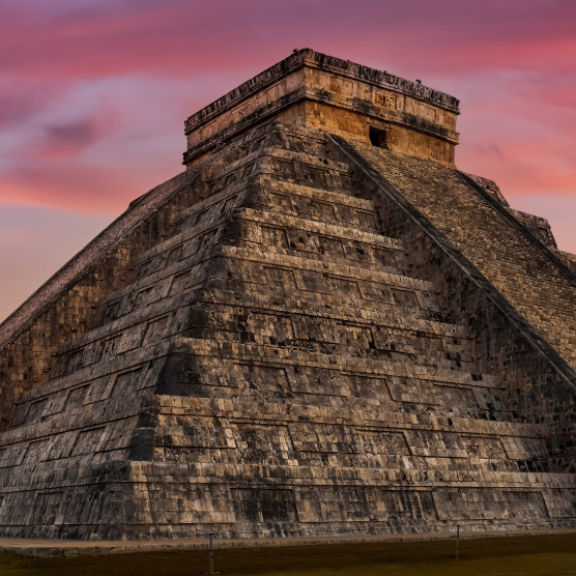
Emigrating to Mexico
Emigrate to Mexico: Find out the most important information for your stay here
Mexico is located between the USA and Central America and is known for its Pacific and Gulf coasts as well as its diverse landscape, which includes mountains, deserts and rainforests. The country is home to ancient ruins such as Teotihuacán and the Mayan city of Chichén Itzá, as well as cities from the Spanish colonial era. The capital Mexico City is home to elegant stores, renowned museums and first-class restaurants. For many people thinking about emigrating to Mexico, the country offers an attractive combination of rich history, cultural diversity and modern amenities.
Facts about Mexico
Capital City
Mexico City
Population
127.5 million
Surface Area
1,225,965.36 mi² or 1,973,000 km²
Continent
North America
Official Language
Spanish
Currency
Peso (MXN)
Emigrating to Mexico: An overview of the political system
The political system of the United States comprises the state institutions, the political decision-making processes and their results as the sum of the laws and regulations in the United States. It is based on the Constitution of 1787, which in turn incorporates Enlightenment theories of government. Due to its historical development, the foreign policy of the United States has become an unusually strong constant of the political system. In the 2019 Democracy Index, the United States ranks 25th out of 167 countries, making it an "incomplete democracy".
In the United States, the Democratic and Republican parties occupy the largest shares of the political landscape. It is therefore not unusual for the elections, which take place every four years, to usually see a Democratic candidate (most recently: Joe Biden) and a Republican candidate (most recently: Donald Trump) facing each other.
Political elections in the USA take place as follows. Every four years at the beginning of the election year, the respective party candidate is chosen internally. Voters do not vote directly for the president, but elect electors in their state. These electors represent a party. There are a total of 538 electors and the candidate who wins more electors in the respective state receives all the votes in that state. Whoever ends up with the majority of the 538 electors wins the presidential election.
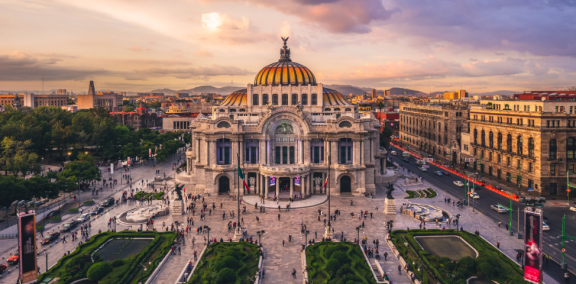
Climate in Mexico: Important information for emigrants
The climate in Mexico is mainly determined by the different altitudes in the country. As a result, there are tropical and subtropical climates as well as alpine and desert climates. The north of Mexico is dominated by a steppe or desert climate with low annual rainfall. The south, on the other hand, has a tropical climate. In the rainforests there are high temperatures and plenty of rain all year round. In other tropical regions, there are one or two longer dry seasons. The center of the country has a subtropical climate in places.
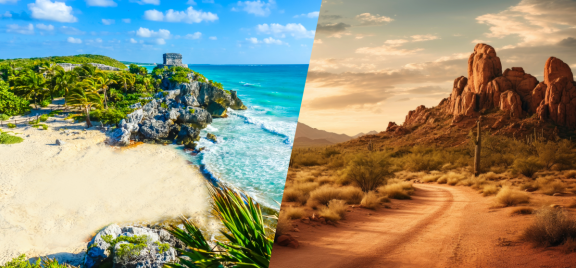
Healthcare system in Mexico: Important facts for emigrants
Mexico has an impressive and efficient healthcare system that includes both public and private health insurance. For expats employed in Mexico, participation in public health insurance is mandatory, with contributions deducted from their salary, their employer and the state. Most Mexican hospitals are excellently equipped and have well-trained doctors, many of whom also speak English. However, English-speaking nursing staff are not always available.
Mexico has achieved universal healthcare and the public healthcare system is accepted by most of the country's inhabitants. Nevertheless, private healthcare has grown significantly, driven by rising disposable income, the growth of medical tourism and easy access to quality private healthcare services.

Emigrating to Mexico: An overview of the economic situation and quality of life
In Mexico, the gross domestic product per capita amounted to 11,259.75 US dollars in 2023. The Gini coefficient of wealth describes the distribution of wealth. The indicator is an established, internationally comparable measure of wealth inequality. It is measured on a scale from zero to one. The higher the value, the greater the inequality. The Gini coefficient in the USA is expected to be 0.45 in 2024 (source: Statista).
The standard of living is highest in the north of the country, while it tends to fall as you head south. The cost of living in Mexico is quite low compared to Europe. In Mexico City, you can get by on around 700 to 1,000 euros per month, while life in the countryside is even cheaper, especially when it comes to food. Mexico has made considerable progress in improving the quality of life of its citizens in recent years. Nevertheless, Mexico ranks below average in the Better Life Index compared to other countries in terms of income and wealth, employment, life satisfaction, health, environmental quality, social relations, security and education. For many people considering emigrating to Mexico, the country offers an attractive option despite these challenges due to its low cost of living and cultural diversity.
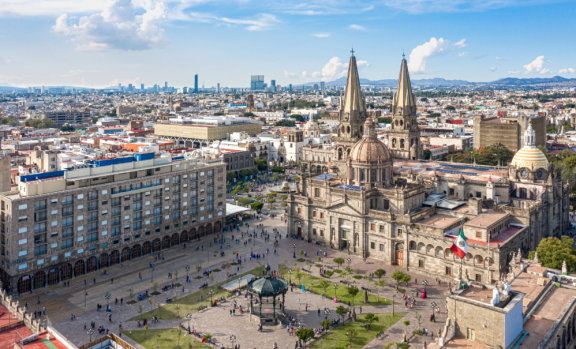
National holiday
Independence Day
Día de Muertos
Día de Muertos, the Day of the Dead, is not a Mexican version of Halloween. Although the two celebrations are related, they differ greatly in their traditions and atmosphere. Halloween is traditionally seen as a dark night of terror and doom, while Día de los Muertos spans three days and is characterized by an explosion of color and life-affirming joy. Although the theme of death is present, Día de Muertos is about showing love and respect for deceased family members. In villages and towns across Mexico, celebrants wear colorful costumes and makeup, hold parades and parties, sing, dance and make offerings to the deceased loved ones.

Emigrate to Mexico - Entry Requirements
Entry is possible for German nationals with the following documents:
- Passport: Yes
- Temporary passport: Yes
- Identity card: No
- Temporary identity card: No
- Children's passport: Yes

FAQs for emigrating Mexico
Where can I find relevant information about my country of entry and the entry regulations that apply there?
We have compiled destination country information as well as entry requirements and customs information for many countries in the Relocation Service section of our website and are constantly expanding this section.
Can I use my own container that I already own for the move with DACHSER & KOLB?
For every removal, which we at DACHSER & KOLB always offer as a door-to-door (full service) removal, a container is rented for the duration of the removal. We therefore do not offer the option of using your own container.
Who is responsible for my move abroad and the services I need there?
As a FIDI member, we work abroad with selected, long-standing partners who work in accordance with our service standards.
Are my removal goods insured in the event of damage?
For every overseas move, we naturally cover transportation insurance at current value for the used household goods and personal belongings
What types of transportation do you offer for overseas relocation?
It is generally possible to carry out overseas removals via air freight or sea freight. In the case of sea freight, it is possible to ship the removal goods as additional cargo (“LCL shipment” with Liftvan) or with a container (FCL shipment in 20 feet, 40 feet or 40 feet high cube). We will be happy to discuss which option is best for you in a personal consultation.
When and how must the move be paid for and what is the payment deadline?
You will receive an invoice a few weeks after placing the order and pay the full amount directly in advance.
Do I have to pay taxes and customs duties on my removal goods?
Removal goods can be imported tax and duty-free into most countries if you have a valid residence permit. We will be happy to check the options for importing the removal goods for your desired destination country in a personal consultation.
Are you interested in moving to Mexico or another destination country?
Then do not hesitate and contact us today.
Alexander Brugger
Teamlead Customer Service & Sales - AIR&SEA



